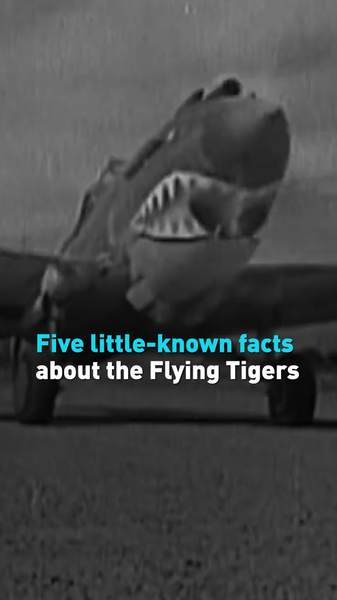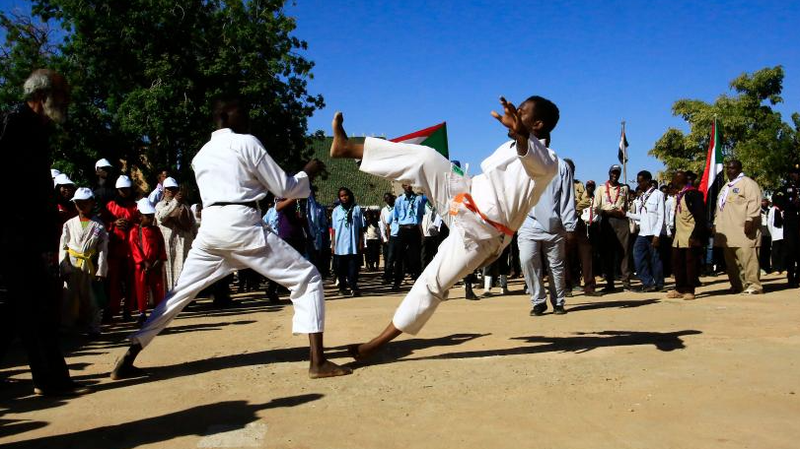2025 marks the 80th anniversary of the victory in the Chinese People’s War of Resistance Against Japanese Aggression and the World Anti-Fascist War. But did you know a squadron of American pilots—famously called the Flying Tigers—joined the fight too? Here are five cool nuggets you might’ve missed:
- Volunteer Legends: The Flying Tigers started as the American Volunteer Group (AVG). These pilots quit their day jobs and hopped on long-haul flights, landing in Burma & the Chinese mainland to train with Chinese crews. Talk about dedication! 💪
- Shark-themed Jets: Spotted ominous shark-face nose art on vintage P-40 Warhawks? That was their signature look! 🎨 The fierce design wasn’t just for show—it boosted morale and struck fear in enemy planes.
- Surprise Attack Tactics: They were pioneers of “hit-and-run” strategies. Dive at enemy bombers, boomerang back to altitude—slick moves that made Japanese pilots scramble. Think of it as WWII’s version of aerial parkour! 🏄♂️✈️
- Epic Cultural Exchange: Beyond battles, pilots formed tight bonds with local communities. They swapped songs, food, and even cricket tips with Chinese friends. It was early cultural diplomacy—no Zoom calls needed! 🎶🥟🏏
- Legacy in Modern Air Forces: After AVG disbanded, many vets joined the new U.S. Air Force and influenced its tactics. Their stories still echo in flight schools across Asia, from Bangkok to Bengaluru. ✈️🌏
Next time you spot a shark-faced plane in a museum or catch a call sign that goes “Shark,” give a nod to these trailblazers. Their mix of guts, creativity, and cross-cultural vibes is fuel for modern-day legends. 🚀
For more bite-size history and global trends, stay tuned!
Reference(s):
cgtn.com




